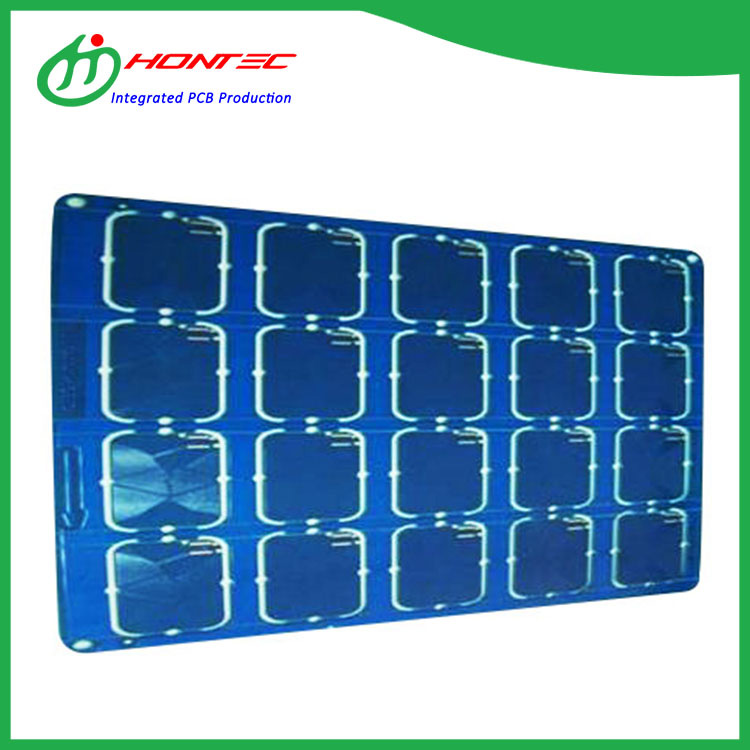A printed circuit board (PCB) is used to carry electronic components and provide a master circuit for connecting the components to the circuit. From the structural point of view, PCB is divided into single panel, double panel and multilayer board. But most people can't tell the difference, so what are the three differences?
The single panel is on the most basic PCB, the parts are concentrated on one side, and the wires are concentrated on the other side. Because the wires only appear on one side, we call this PCB a single-sided (Single-sided). Because the single panel has many strict restrictions on the design of the circuit (because there is only one side, the wiring between the wiring cannot cross and must be around a separate path), so only early circuits used this type of board.

Double panel
A double-sided board is a printed circuit board that is covered with copper on both sides including Top (top layer) and Bottom (bottom layer). Both sides can be wired and soldered, with an insulating layer in the middle, which is a commonly used printed circuit board. Both sides can be routed, which greatly reduces the difficulty of wiring, so it is widely used.
Multilayer board
PCB multilayer board refers to the multilayer circuit board used in electrical products. The multilayer board uses more single-sided or double-sided wiring boards. A printed circuit board with one double-sided as inner layer, two single-sided as outer layers or two double-sided as inner layers, and two single-sided as outer layers, alternately together through a positioning system and insulating bonding materials and conductive patterns Printed circuit boards that are interconnected according to design requirements become four-layer and six-layer printed circuit boards, also known as multilayer printed circuit boards.